The American food landscape is on fire right now. From coast to coast, cities of all sizes are experiencing remarkable culinary transformations that go way beyond passing trends. Innovative chefs, scrappy food entrepreneurs, and food-obsessed locals are completely redefining what it means to eat out in America today.
And here’s the thing — it’s not just New York and LA anymore. Some of the most exciting food scenes are bubbling up in places you might not expect. Ready for a taste?
Let’s dig into 15 cities across the US where the food scene is absolutely killing it right now.
Portland, Maine

Forget everything you thought you knew about eating in Portland, Maine. Sure, you can still get a killer lobster roll (and you should), but this scrappy coastal city has morphed into something much more interesting than a one-trick pony.
The restaurant density here is almost absurd for a city its size — with chef-owned spots consistently turning heads nationwide. What’s cool about Portland’s evolution is how it’s managed to stay true to its roots while pushing boundaries.
Chefs here aren’t just importing big-city ideas — they’re drawing on Maine’s ridiculous natural bounty to create something that couldn’t exist anywhere else. The insanely fresh seafood gets paired with foraged ingredients from Maine’s forests, while the farm-to-table thing isn’t a marketing gimmick but simply how things have always been done here.
Nashville, Tennessee
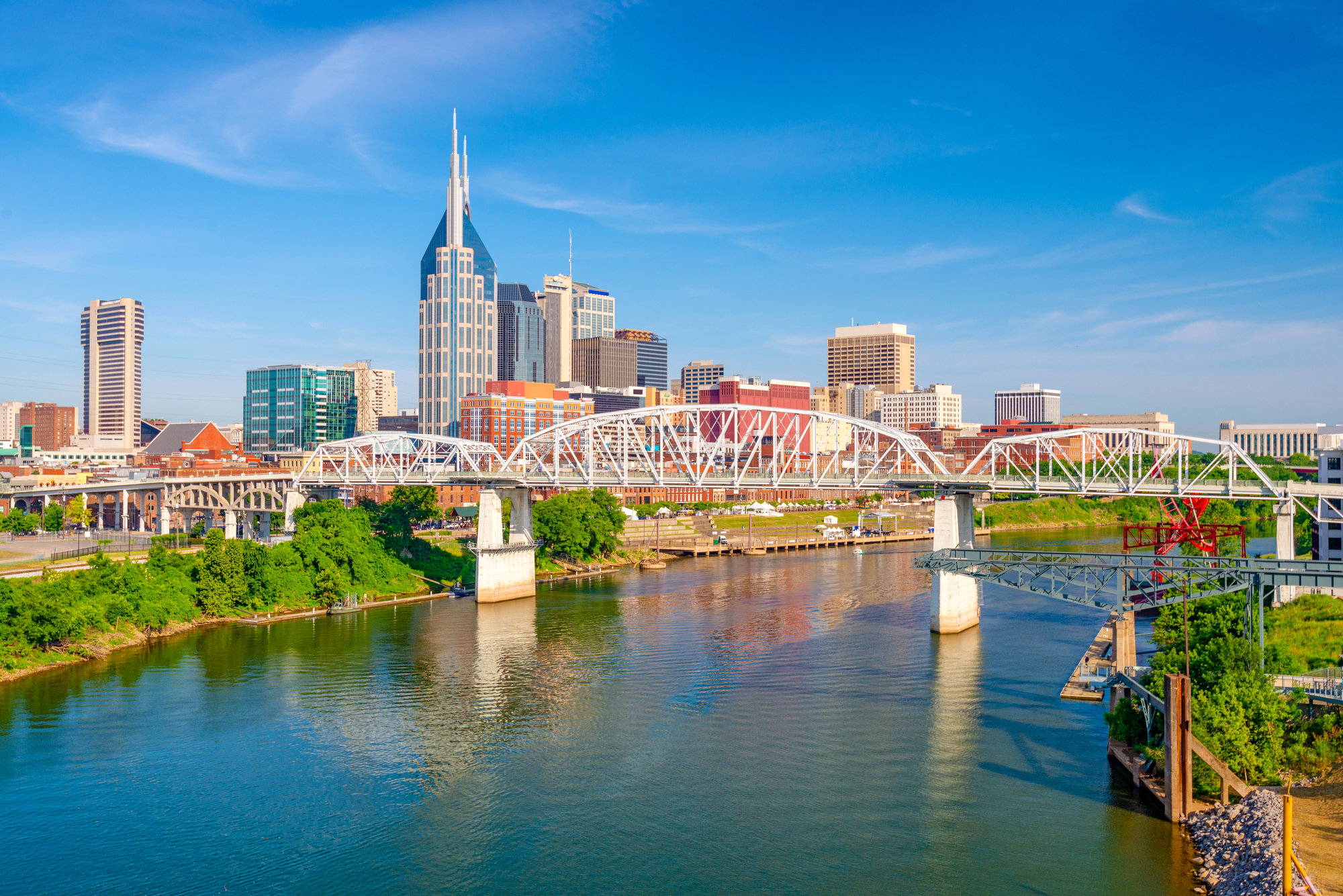
Nashville has blown past its hot chicken reputation to become a legit culinary powerhouse. The city’s exploding population has brought in serious culinary talent, transforming neighborhoods like East Nashville and Germantown into foodie playgrounds where traditional Southern cooking gets remixed with global influences.
What I love about Nashville’s food renaissance is how it reflects the city’s creative spirit. Much like its music scene, the food here combines a reverence for tradition with a willingness to break the rules.
Chefs are rethinking Southern staples through modern techniques and unexpected flavor combinations — imagine miso-glazed country ham or biscuits spiked with Thai herbs. Meanwhile, immigrant-owned spots are thriving, adding new layers to Nashville’s culinary identity without losing that essential Southern hospitality that makes dining here feel special.
Charleston, South Carolina

Charleston didn’t just level up its food game — it completely reinvented itself as one of America’s essential food destinations. This historic coastal city masterfully walks the tightrope between honoring Lowcountry traditions and pushing culinary boundaries in ways that feel both respectful and exciting.
The evolution here feels particularly meaningful because it’s intertwined with deeper conversations about heritage, sustainability, and the complex cultural history of Southern cooking. Chefs are diving deep into the African and Caribbean influences that shaped Lowcountry cuisine, highlighting ingredients and techniques that were previously overlooked in fine dining settings.
The result? A food scene that feels simultaneously rooted in place yet constantly evolving — where a humble bowl of rice and beans might tell a more complex story than the fanciest tasting menu.
Like Travel Pug’s content? Follow us on MSN.
Detroit, Michigan
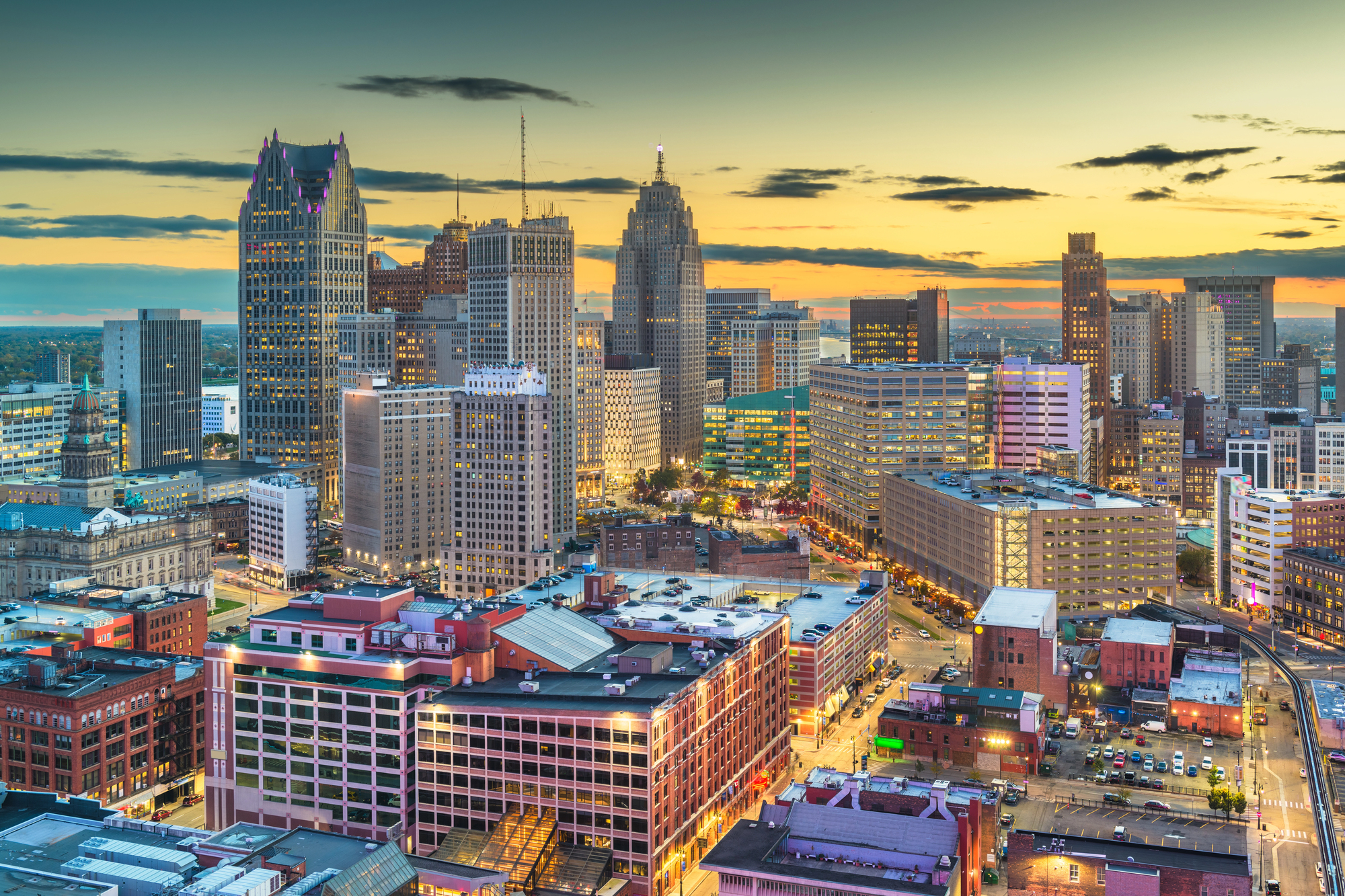
Detroit’s food scene perfectly mirrors its comeback story — scrappy, authentic as hell, and buzzing with creative energy. After years of being written off, this city is showing America what resilience tastes like.
In neighborhoods like Corktown and Eastern Market, chef-entrepreneurs are transforming historic spaces into exciting restaurants that honor Detroit’s industrial past while creating something entirely new. The beauty of Detroit’s culinary renaissance is its accessibility. Unlike some food scenes that feel exclusionary, Detroit offers everything from innovative tasting menus to phenomenal street food without the pretense.
The city’s incredible cultural diversity shines through in its restaurants — with influences from its Black, Arab American, Polish, and Greek communities creating a food identity that couldn’t exist anywhere else. When you eat in Detroit today, you’re tasting both its history and its future.
Atlanta, Georgia

Atlanta has finally broken free from its chain restaurant reputation to emerge as the South’s most dynamic food city. What’s happening here goes way beyond elevated Southern cooking (though there’s plenty of that too).
The city’s increasingly international population has transformed areas like Buford Highway into impossibly exciting dining destinations, while neighborhoods from Inman Park to Decatur showcase chef-driven spots that reflect Atlanta’s position as a truly global city. What makes Atlanta’s food revolution particularly exciting is how it embraces both innovation and accessibility.
You can drop serious cash on a multi-course meal from a James Beard-nominated chef, then grab life-changing tacos from a gas station the next day. The city’s food halls have become incubators for up-and-coming chefs to test concepts without massive startup costs, creating a constant stream of new ideas.
Meanwhile, Black-owned restaurants are getting long-overdue recognition, highlighting the essential role African American chefs have played in shaping Southern cuisine.
Austin, Texas

Austin’s food scene has evolved dramatically beyond its brisket-and-taco foundations (though both remain exceptional here). The city’s explosive growth has attracted culinary talent from across the country, creating a dining landscape that’s as creative and boundary-pushing as Austin itself.
Food trucks continue to drive innovation, with many successful concepts leveling up to brick-and-mortar spots that maintain their experimental spirit. What’s fascinating about Austin’s culinary evolution is how it reflects the city’s unique personality — casual yet sophisticated, tradition-minded yet progressive.
Restaurants increasingly blur the lines between Texas traditions and global influences, creating dishes that feel simultaneously familiar and surprising. The result is a food scene that pairs perfectly with Austin’s other obsessions — music, technology, and outdoor living — creating dining experiences that nurture both body and community.
Like Travel Pug’s content? Follow us on MSN.
Minneapolis, Minnesota

Minneapolis has quietly built one of America’s most underrated food scenes, with chefs who embrace Nordic influences while incorporating a global perspective that reflects the city’s changing demographics. The transformation is particularly evident in the North Loop, where former warehouses now house ambitious restaurants that could hold their own in any major food city.
The Minneapolis food world benefits from an unusually collaborative spirit among chefs, farmers, and producers who seem genuinely invested in lifting each other up rather than competing. The city’s Scandinavian heritage provides a distinctive through-line — reflected in techniques like fermentation, foraging, and preservation — while immigrant communities contribute essential flavors to this evolving food story.
Despite the brutal winters, the connection to local agriculture runs deep, with restaurants showcasing the surprisingly diverse bounty of regional farms.
Richmond, Virginia
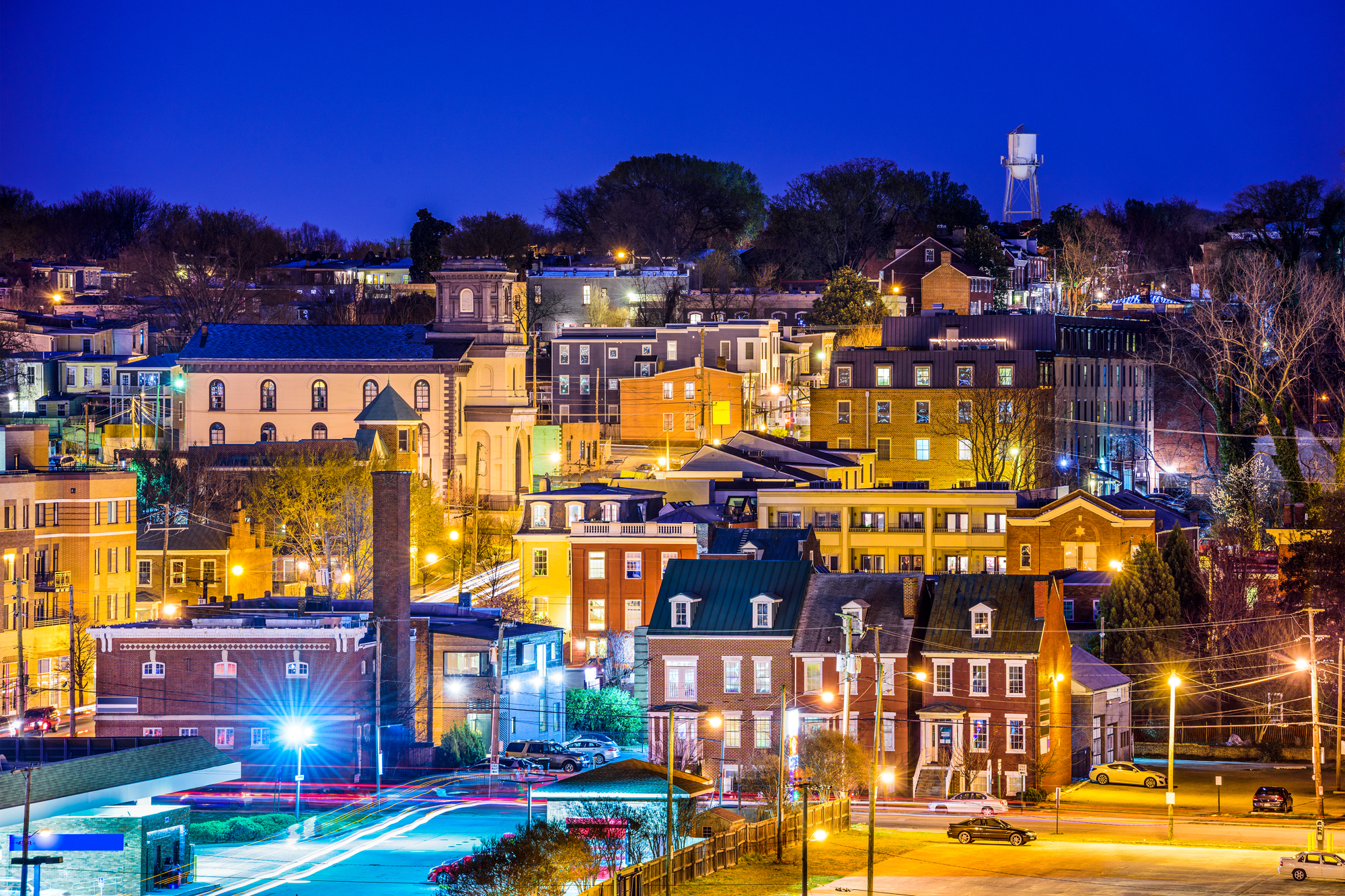
Richmond has stepped decisively out of DC’s shadow to become a food destination in its own right. The city’s historic neighborhoods now buzz with culinary energy as a new generation of chefs honors Virginia’s rich food traditions while incorporating techniques and flavors that reflect their diverse backgrounds and travels.
What makes Richmond’s food evolution so compelling is the sense of place that permeates its best restaurants. Many occupy historic buildings — former factories, warehouses, and townhomes — creating dining spaces that connect past and present. The city’s position between the Chesapeake Bay and Virginia’s agricultural heartland provides exceptional ingredients, while a booming craft beverage scene (from beer to cider to whiskey) completes the picture.
Perhaps most importantly, Richmond’s relatively low overhead costs compared to nearby DC allow young chefs to take creative risks that wouldn’t be possible in more expensive markets.
Denver, Colorado

Denver’s explosive population growth has fueled a corresponding boom in its food scene, with the city shedding its steakhouse stereotype to embrace a more diverse and sophisticated culinary identity. Neighborhoods like RiNo and LoHi have become restaurant hotspots, with concepts that reflect both Colorado’s agricultural abundance and the diverse backgrounds of its many transplants.
The most distinctive aspect of Denver’s food revolution is how it reflects the city’s lifestyle-forward ethos. The connection to outdoor activities and wellness culture influences everything from restaurant design (think abundant natural light and indoor-outdoor spaces) to menu development, with a focus on sustainable ingredients and options that won’t weigh you down before hitting the trails.
The explosion of food halls provides casual counterpoints to more ambitious restaurants, creating a dining ecosystem that caters to both special occasions and everyday meals.
Like Travel Pug’s content? Follow us on MSN.
New Orleans, Louisiana
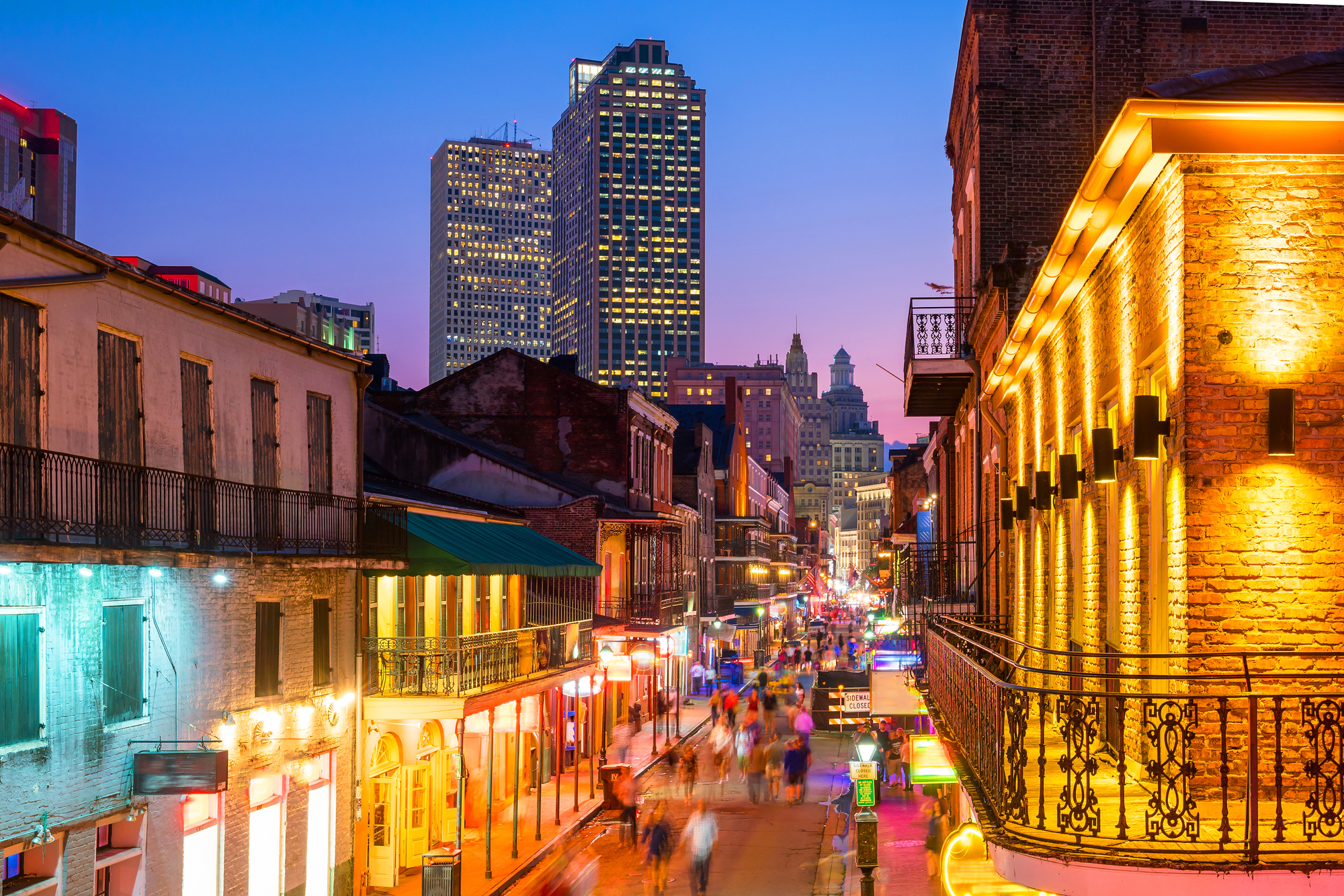
New Orleans has always been food obsessed, but what’s happening there now reflects a remarkable evolution within its storied culinary tradition. A new generation of chefs is expanding the city’s food vocabulary beyond Creole and Cajun classics, incorporating influences from their diverse backgrounds while still respecting New Orleans’ unmatched food heritage.
The beauty of today’s New Orleans food scene is how it manages to be both reverent and revolutionary. Beloved classics remain untouchable at historic institutions, while newer establishments explore the global connections that have always defined this port city but weren’t always reflected in its restaurants.
The influx of immigrants from Vietnam, Honduras, and elsewhere has enriched the city’s food landscape, creating a delicious dialogue between traditions. Through devastating hurricanes and the pandemic, food has remained central to New Orleans’ identity and resilience.
Cincinnati, Ohio

Cincinnati has transformed from a conservative meat-and-potatoes town to a legitimately exciting food destination, building on its distinctive German-influenced heritage while embracing new ideas. The historic Over-the-Rhine neighborhood, once among America’s most dangerous, now buzzes with culinary energy as restored buildings house everything from ambitious restaurants to artisanal butcher shops.
What makes Cincinnati’s evolution particularly satisfying is how it balances tradition and innovation. The city’s unique regional specialties — from goetta (a German-inspired grain and meat mixture) to Cincinnati-style chili — remain beloved, even as chefs introduce new techniques and global flavors.
Findlay Market serves as both a historic landmark and incubator for new food businesses, symbolizing how Cincinnati honors its past while creating something new.
Cleveland, Ohio
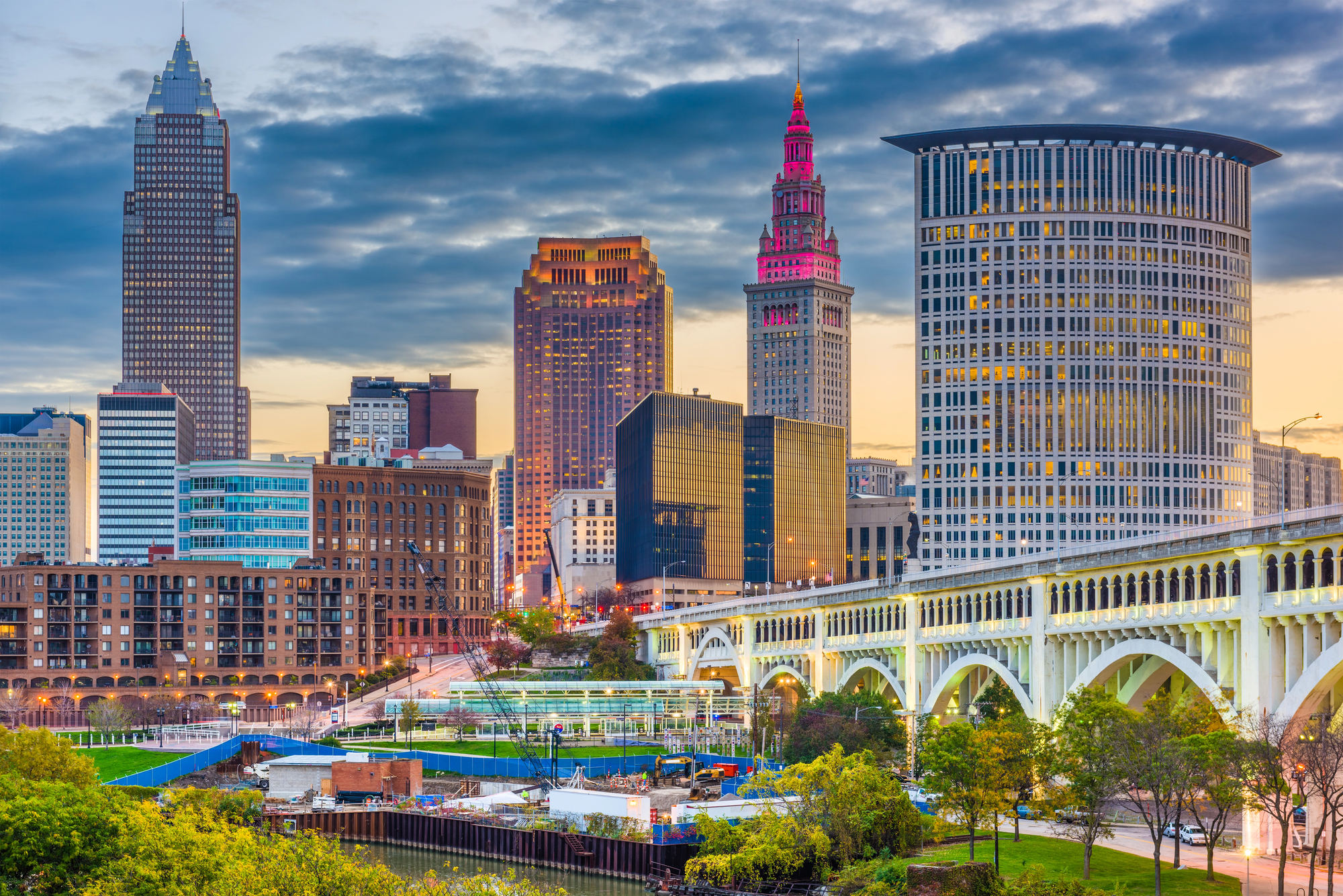
Cleveland has quietly assembled one of the Midwest’s most impressive food scenes, with distinctive neighborhoods like Ohio City and Tremont becoming serious culinary destinations. The city’s manufacturing heritage provides both a visual backdrop and inspiration for restaurants that blend industrial aesthetics with sophisticated cuisine that defies outdated Rust Belt stereotypes.
What’s striking about Cleveland’s food renaissance is its unpretentious authenticity. You won’t find much culinary showboating here — just deeply satisfying food served in spaces that feel genuine rather than designed by an algorithm.
The West Side Market anchors this food culture, connecting contemporary innovations with Cleveland’s rich culinary history. Meanwhile, immigrant communities continue to enrich the city’s dining options, from the old-school Eastern European spots to newer arrivals from the Middle East and Latin America.
Like Travel Pug’s content? Follow us on MSN.
Philadelphia, Pennsylvania

Philadelphia has evolved far beyond cheesesteaks (though the best ones remain transcendent) to build one of America’s most dynamic food scenes. The city’s affordability compared to nearby New York has attracted ambitious chefs who can experiment without astronomical overhead, creating a restaurant landscape that feels both accessible and innovative.
Philly’s culinary identity draws strength from its diversity and contrasts. The distinctive BYOB culture encourages chef-driven restaurants focused purely on food, while the city’s immigrant communities contribute authentic flavors from Vietnam, Mexico, Ethiopia and beyond.
Neighborhoods like Fishtown and East Passyunk have transformed into restaurant rows, yet old-school Italian spots in South Philly remain untouched by time. This combination of high-end innovation and street-level authenticity creates a food scene with remarkable depth and character.
Baltimore, Maryland
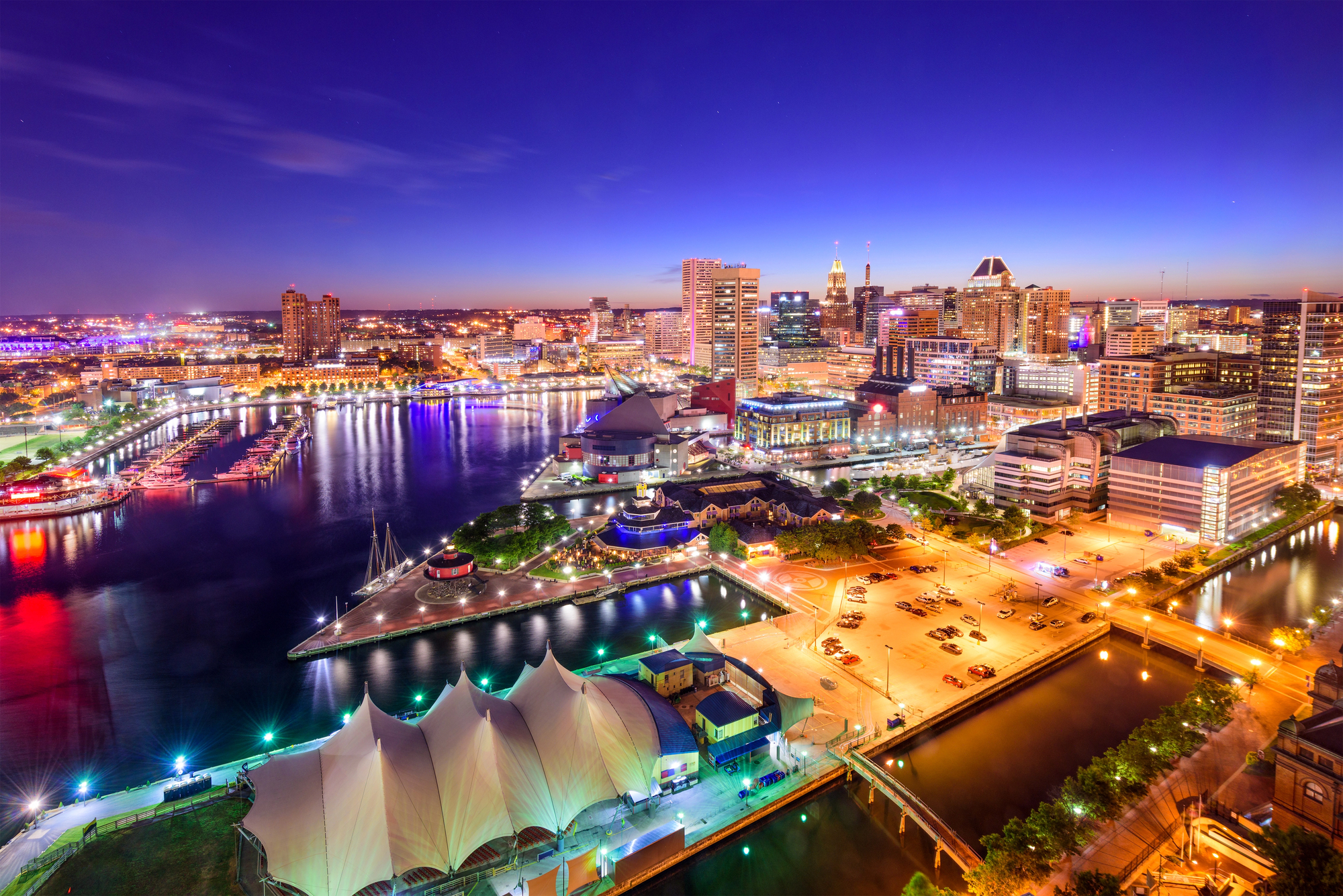
Baltimore’s food scene has risen from overlooked to essential, building on its maritime heritage while embracing urban reinvention. Yes, steamed crabs are still king here (as they should be), but the city’s culinary identity now encompasses much more.
Neighborhoods like Hampden and Remington have become unlikely dining destinations, with independent restaurants transforming historic spaces into vibrant establishments that capture Baltimore’s unique character. The most refreshing aspect of Baltimore’s evolution is how it maintains its unpretentious attitude even as its food scene grows more sophisticated.
This isn’t a city of precious tasting menus (though you can find those too), but rather one where quality ingredients and honest cooking take center stage. Markets like Lexington and Cross Street connect Baltimore’s culinary past and present, while a new generation of chefs explores the possibilities of Chesapeake ingredients beyond traditional preparations.
Indianapolis, Indiana
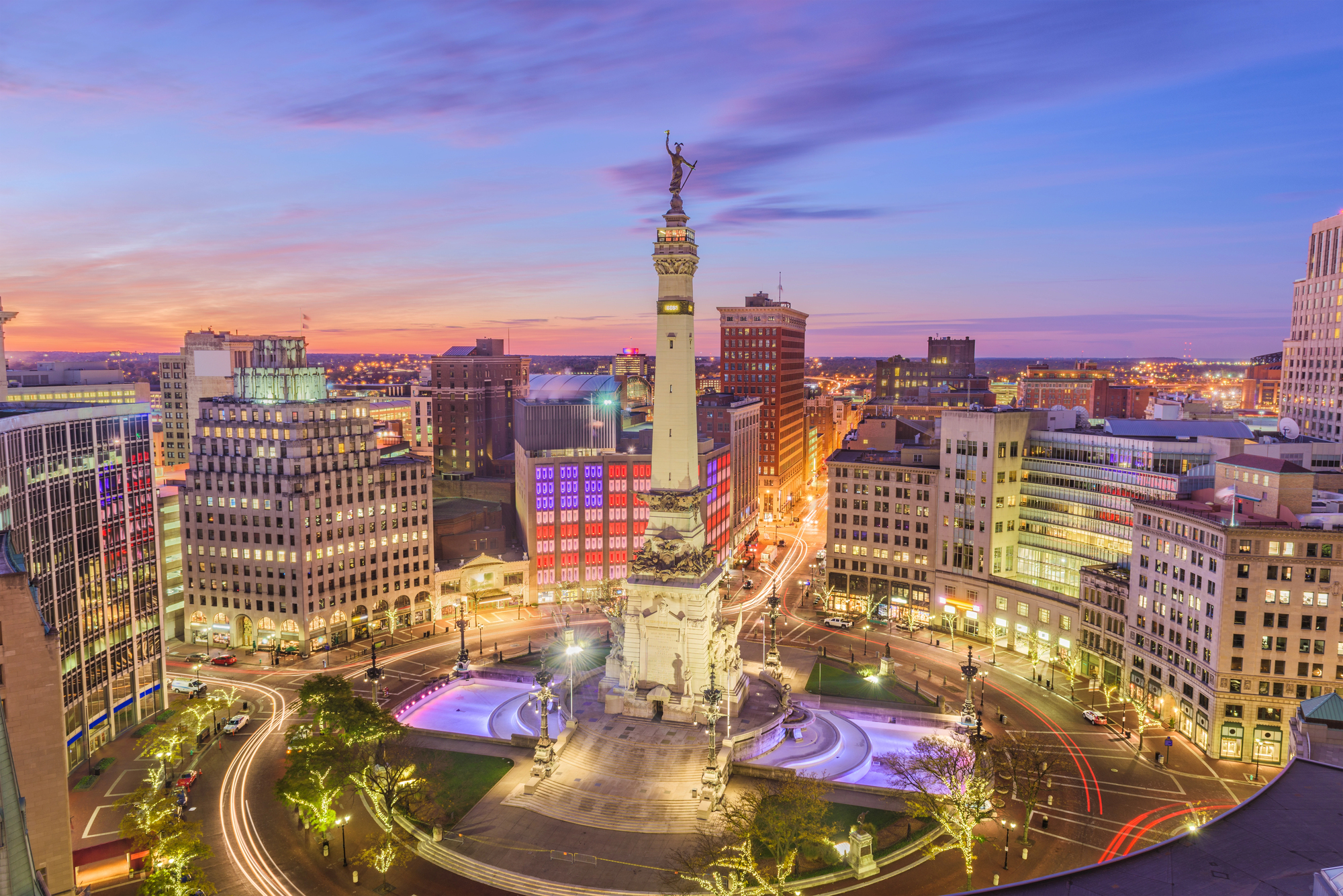
Indianapolis has shattered its chain restaurant reputation to build a legitimately exciting food scene that deserves way more national attention. The transformation is particularly evident in neighborhoods like Fountain Square and the Mass Ave Arts District, where chef-driven restaurants and food entrepreneurs have created distinctive dining destinations that reflect both Hoosier traditions and global influences.
What’s special about Indy’s culinary evolution is how it combines Midwestern hospitality with genuine culinary ambition. The city’s proximity to agricultural abundance means farm-to-table isn’t a marketing gimmick but simply how things are done.
From elevated comfort food to innovative tasting menus, Indianapolis offers dining experiences that reflect the modern Midwest without pretense. The food hall movement has accelerated this evolution, providing launching pads for concepts that might otherwise never have gotten off the ground.
Like Travel Pug’s content? Follow us on MSN.
A Taste of America’s Future
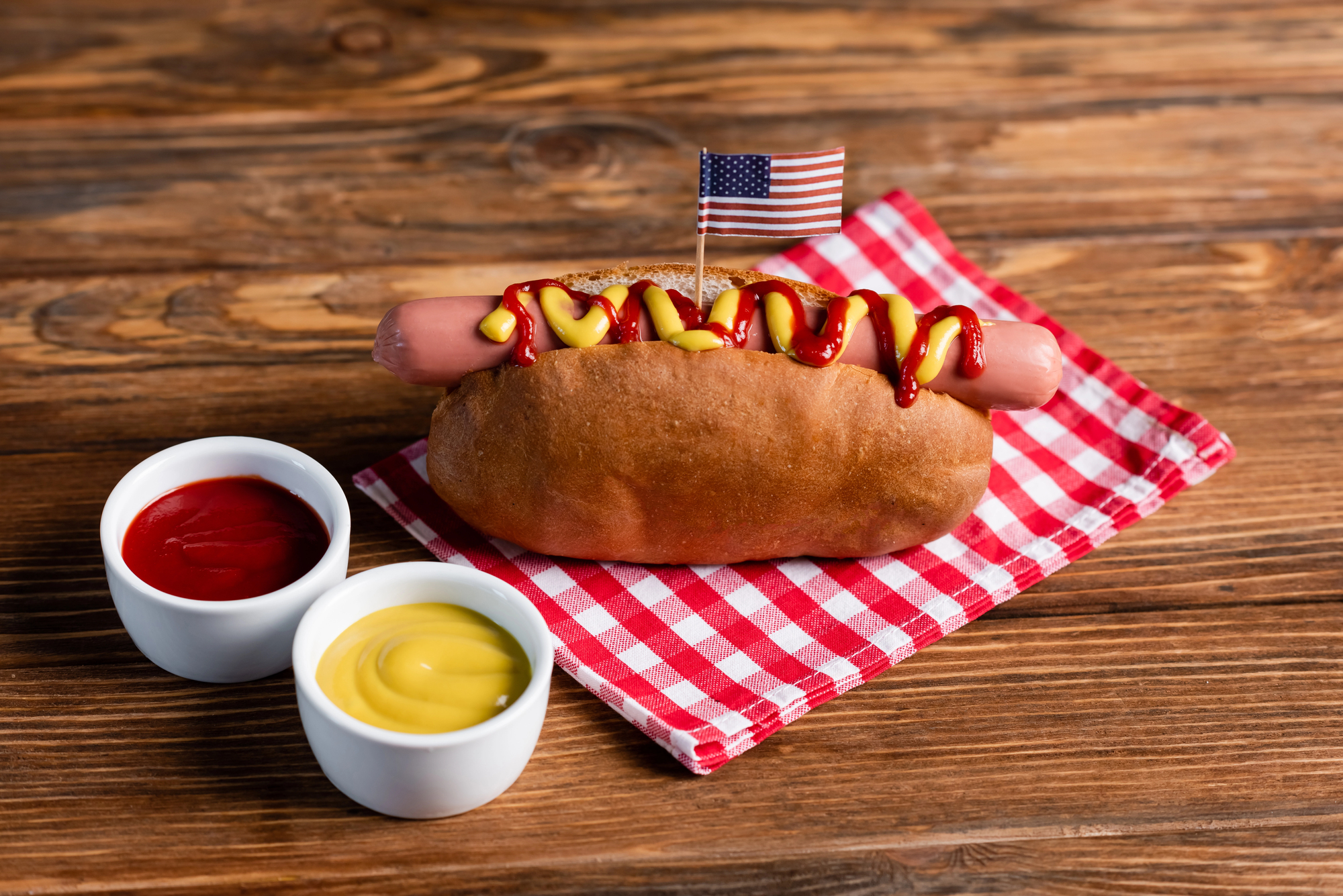
These 15 cities offer just a glimpse of the remarkable food revolution happening across America right now. What unites them isn’t just good eating but a deeper sense of place and purpose.
These evolving food scenes aren’t about chasing trends but creating something authentic that couldn’t exist anywhere else. As Americans become increasingly engaged with food as culture, these cities show how dining can drive not just tourism but community pride and neighborhood revitalization.
Their vibrant restaurants tell stories of migration, adaptation, and creativity — essential narratives of the American experience expressed through the universal language of breaking bread together. Whether you’re planning your next weekend getaway or looking to relocate, these cities prove that compelling food scenes now flourish far beyond the expected culinary capitals.
More from Travel Pug

- Cities Growing so Fast You Won’t Recognize Them in 10 Years
- 13 Destinations Where Tourists Regularly Regret Their Trip
- 16 U.S. Cities That Are Quietly Becoming Travel Hotspots
- Where to Travel If You Love Long Bus Rides and Daydreams
- 20 Cities Perfect for Solo Travelers Who Crave Adventure & Culture
Like Travel Pug’s content? Follow us on MSN.
